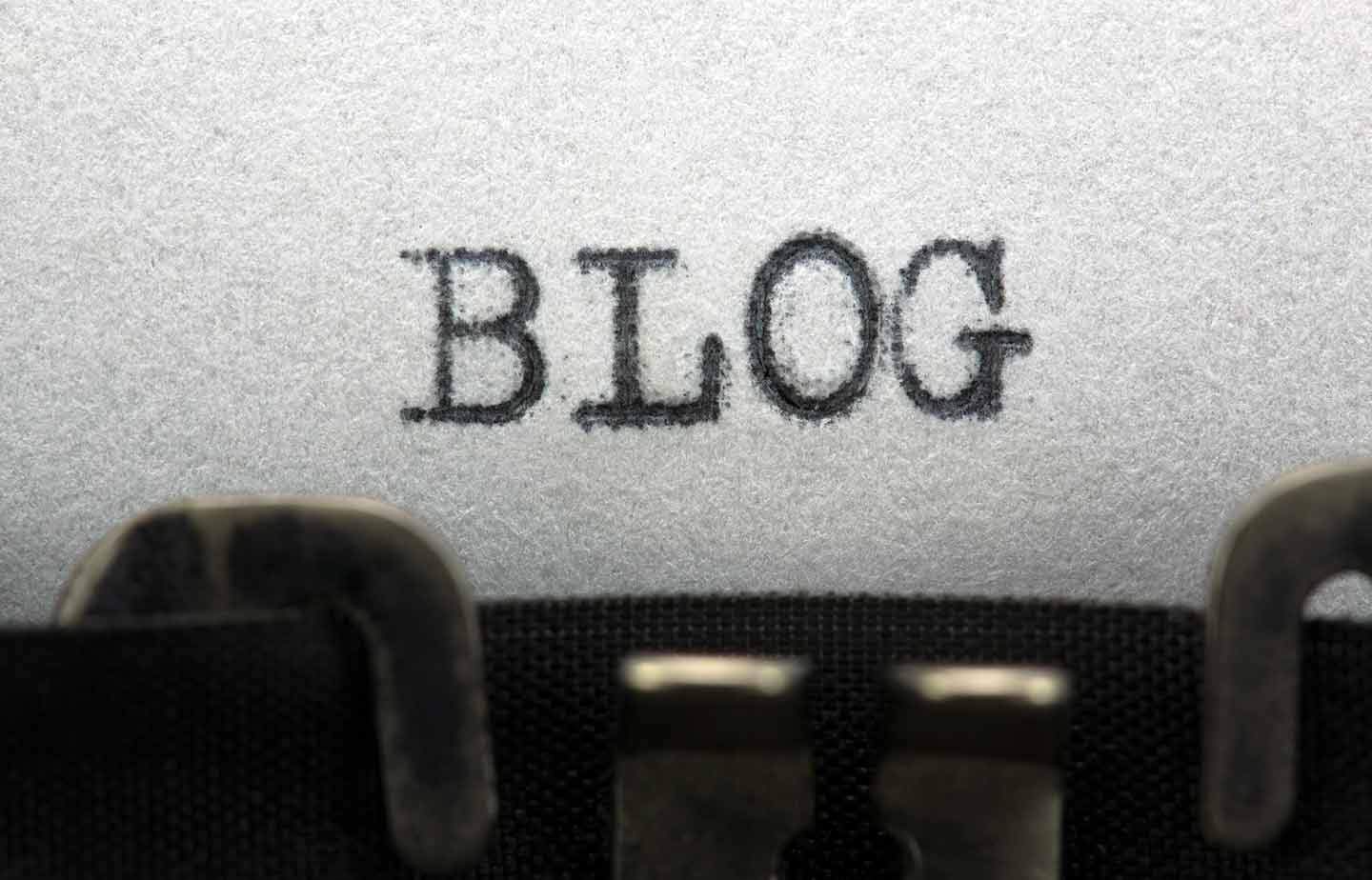Get a dehumidifier pot
They are cheap, easy to use and very effective in keeping your hearing aid working at its best and prolonging its lifetime. Moisture can buid up inside a hearing and cause problems, I find if I don't use a dehumidifier often enough my aids start to make an occasional crackling sound. If you leave moisture to build up for too long it can cause damage to the electronics inside the device, so you'll probably end up with a repair bill, or even worse, needing a new hearing aid. Pots cost $10 and work for a very long time, a good investment.Moisture is especially a problem for in-the-ear hearing aids but behind-the-ear models will also benefit from a night in the pot. If you have a heaing aid, get a humidifier pot.
Clean your hearing aids
A dehumidifier pot gets rid of the moisture but it won't shift earwax, hairs, dirt and godknowswhatelse is stuck to your hearing aid. Aids can get blocked up and cause them to not work as well as they should, all models have at least one microphone input and one sound output, any of those can get blocked up with wax or other gunk and need a clean - any sounds coming in to your ear that are going through a wall of wax are not going to be as clear as they should.When you bought your aids you should have got a little tool set with it. You would have got some stiff brushes
and maybe some other tools for removing filters, depending on what type of aid you have. It's time to dig them
out of the draw.
We will at some point do some detailed instructions on cleaning and maintaining hearing aids, but here's a quick
overview:
For behind the ear models: clean the shell (the bit that goes in to your ear) with a baby wipe or anti-bacterial
wipe. If you have an air-blower tool, pull the wire off from the hearing aid and use the blower to clean out the wire. The actual hearing aid unit is usually clean in behind-the-ear models but moisture can still get in to it, so a dehumidifier pot is your friend. For these models, concentrate on making sure the mould/shell that goes in to your ear is wax-free and clean.
For in the ear models: cleaning these can be a bit more tricky as you need to clean the actual hearing aid unit. Whatever you do, do not soak the hearing aid in water! Before doing any cleaning, remove the battery from your aid and make sure the battery door is propery closed, you do not want to accidentally break off the battery door and you do not need to clean inside it, so make sure it is closed. Use an anti-bacterial wipe to gently clean the outer shell of the aid and remove any wax or dirt - any stubborn grime can be scraped off with a finger nail or one of the hook tools you may have got with your aid. In-the-ear models will typically have a filter at the bottom, the bit that goes deepest in to your ear, which is there to stop any wax getting in to the aid, this filter can get blocked with wax and need changing - if you have an aid like this you will have a filter-removal tool for this.
If you don't want to clean your own aid then get your hearing aid supplier to do it, it will take ten minutes to do and will help your hear better and keep your hearing aid working properly for longer.
Show the world
A lot of people try to hide their hearing aids, I did for many years, but it actually makes a lot of sense to keep your hearing aids visible and to make sure everyone knows they are there. Hearing loss is an invisible disability, which means that often people are not going to know that you have problems hearing them unless you let them know - if you have your aids on display then it saves you having to tell them, they've already seen your hearing loss, so hopefully that conversation is a little easier for you. Hiding your hearing loss makes communication more difficult for you - if you are embarrassed to show your aids, ask yourself this, which is more embarrassing: someone seeing your aids or having a super-difficult conversation where you said the wrong thing because you didn't know what they were saying?



